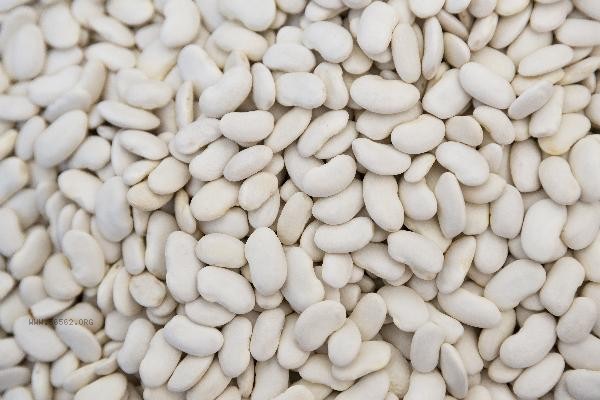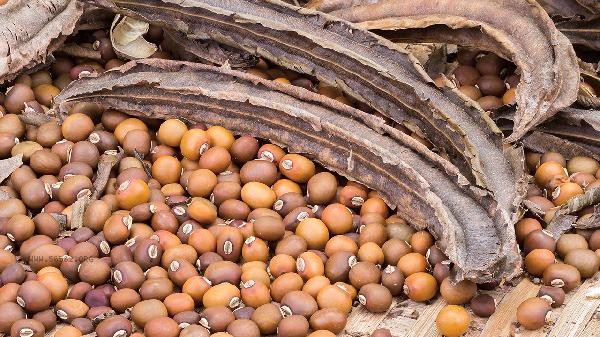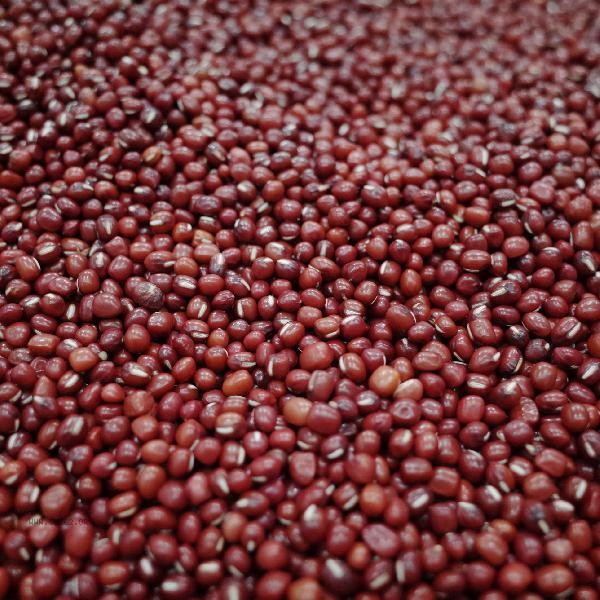The simplest way to peel dried beans is to soak them, scrub them, or boil them and cool them down before rubbing the skin. There are five main methods for peeling dried beans: soaking and washing, boiling and cooling, freezing, mechanical peeling, and alkaline water soaking.

1. Soaking and Rubbing Method
Soak dried beans in clean water for 6-8 hours until completely swollen, and the skin will separate from the kernels after absorbing water. Gently rub the surface of the beans with your hands, and most of the skin will naturally peel off. This method is suitable for beans with thin skin such as red beans and mung beans. It is easy to operate and can preserve the complete shape of the beans. insufficient soaking time can lead to difficulty in peeling, while keeping the water temperature at room temperature can prevent nutrient loss.
2. Boiling and Cooling Method
Boil dried beans in water for 3-5 minutes, quickly remove and cool them in ice water. Hot expansion and cold contraction can create gaps between the skin and kernels of the beans. Simply press the ends of the beans lightly with your fingers to squeeze out the kernels. This method is suitable for beans with thick skin such as chickpeas, and high-temperature treatment can damage the connecting layer between the skin and endosperm. Note that boiling for too long can cause the beans to become too soft, affecting the subsequent cooking taste.
3. Freezing method
Drain the soaked beans, lay them flat on a tray, and freeze them in the refrigerator for 2 hours. Low temperature can cause the tofu skin to shrink and crack. After removing it, gently pat or rub it to peel it off. The freezing method is particularly suitable for dishes that require maintaining the integrity of beans, such as red bean filling used in Japanese desserts. Freezing for more than 4 hours may cause the inside of the beans to freeze, damaging the cell structure.

4. Mechanical Peeling Method
Use a rolling pin to roll and soak the beans, or repeatedly toss them in a thick cloth bag. Mechanical external force can quickly separate soybean skins and kernels, suitable for batch processing of round beans such as soybeans. During operation, it is necessary to control the force to avoid crushing the bean kernels. It can be used in conjunction with a sieve to filter and separate the bean skins. This method is highly efficient but may result in a breakage rate of around 10%, making it unsuitable for cooking that requires high bean integrity.
5. Alkaline water soaking method
Add a small amount of edible alkali to clean water and soak the beans for 4-6 hours. A weakly alkaline environment can soften the fibrous tissue of soybean skin, and gently scrubbing can remove the skin. This method has a significant effect on beans with thick and hard skin such as fava beans, but it requires thorough rinsing of residual alkali solution. Excessive concentration of alkali water may affect the flavor of beans. It is recommended to add no more than 5 grams of edible alkali per liter of water.

There are differences in the difficulty of peeling dried beans of different varieties, and it is recommended to choose the appropriate method according to the specific use. The peeled beans should be cooked or frozen as soon as possible to avoid nutrient loss. For beans that need to preserve their intact form, freezing or boiling cooling methods can be preferred. It is not necessary to pursue complete peeling for daily consumption, as soybean skin contains abundant dietary fiber and antioxidants. During the processing, pay attention to keeping the utensils clean. Soaking the beans thoroughly can reduce the content of anti nutritional factors and improve digestion and absorption rates.








Comments (0)
Leave a Comment
No comments yet
Be the first to share your thoughts!